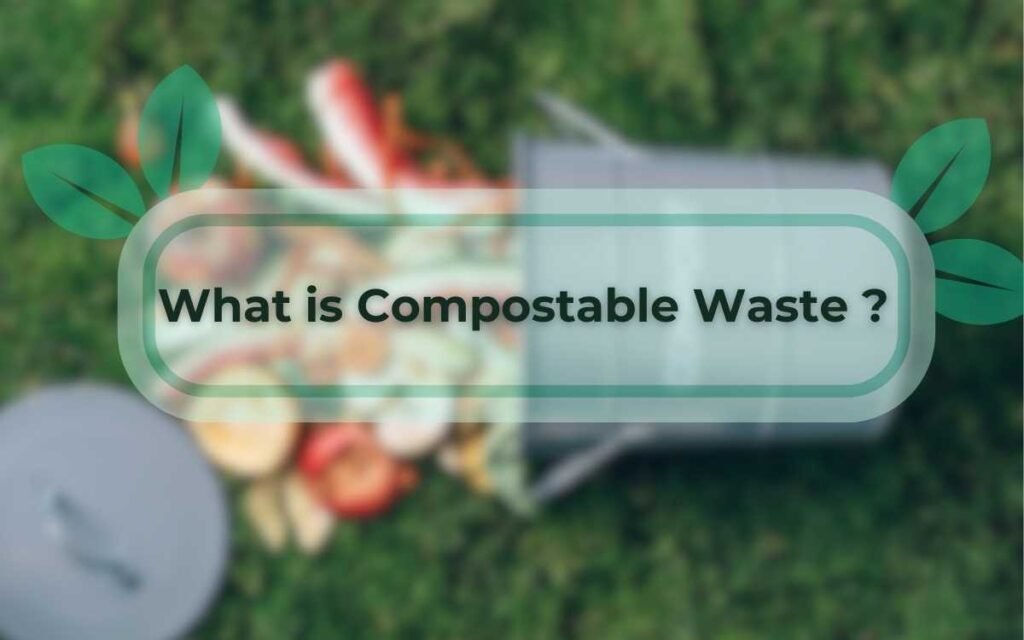
Introduction
Are you often confused about the terms “sustainable” and “eco-friendly”? In our environmentally aware society, the terms are often conflated. However, there’s a crucial difference between these concepts. Knowing the difference can help you decide better and create change. Let’s dive into what sets them apart and why it matters.
Sustainability Defined

Sustainability is a broad approach. It seeks to meet our needs now and must not harm future generations’ ability to meet theirs. It encompasses three key pillars:
- Economic Sustainability: Ensure that businesses and economies are stable and viable over time.
- Environmental Sustainability: This focuses on protecting natural resources and minimizing ecological impact.
- Social Sustainability: This aims to promote equity, well-being, and social justice.
We can define it in simple words as “Sustainability is meeting the needs of the present without compromising future generations’ ability to meet their own.”
This defines sustainability as a long-term, integrative approach.
Eco-Friendly Defined

Eco-friendly refers to practices and products designed to minimize environmental impact. The main goals are to reduce pollution, conserve resources, and protect ecosystems. Eco-friendly approaches often focus on immediate benefits, such as:
- Reducing Pollution: Using products and processes that generate less waste and emissions.
- Conserving Resources: Utilizing renewable or recycled materials and improving energy efficiency.
- Protecting Ecosystems: Avoiding practices that harm natural habitats and wildlife.
Eco-friendly practices aim to help the environment. They address specific issues and promote sustainable behaviors.
Key Differences Between Sustainable and Eco-Friendly

Understanding the difference between “sustainable” and “eco-friendly” is important for making better choices. Here’s a simple breakdown:
Timeframe:
- Sustainability: Looks at the long-term. It’s about making choices that will be good for the environment, economy, and society far into the future. For example, sustainable practices use resources wisely. This keeps them for future generations.
- Eco-Friendliness: Focuses on immediate benefits. It deals with current environmental issues, like cutting down on plastic use or recycling, to have a quick, positive impact.
Scope:
- Sustainability: Sustainability covers a wide range of factors. It includes not just environmental issues but also economic and social aspects. A sustainable business cuts emissions. It also ensures fair labor and financial stability.
- Eco-Friendliness: Mainly focuses on environmental concerns. It’s about reducing waste and saving resources. It means using non-toxic materials. But, it might not consider the wider economic and social impacts.
Holistic Approach:
- Sustainability: Balances environmental, economic, and social factors. It aims to make sure that actions benefit all areas without causing harm. Sustainable farming practices seek to reduce environmental harm. They also aim to support local communities.
- Eco-Friendliness: Concentrates mainly on environmental impact. It aims to cut pollution, conserve resources, and protect nature. But, it doesn’t always consider the economic and social effects.
Measurable Impact:
- Sustainability: Involves setting goals and measuring progress. For example, a company might aim to cut its greenhouse gas emissions by 50% over ten years.
- Eco-Friendliness: Impact can be less clear. It’s about making changes, like using biodegradable products and reducing plastic. These are important, but their results aren’t always easy to measure.
Solutions:
- Sustainability: Seeks long-term positive change by addressing root causes. For example, solar energy cuts carbon emissions. It also boosts energy security and economic growth.
- Eco-Friendliness: Often part of a larger sustainability plan. Using eco-friendly cleaning products helps reduce chemical use. But, it is just one part of a bigger effort. That effort includes reducing waste and conserving resources.
Case studies

Case Study 1: Eco-Friendliness – Seventh Generation
Seventh Generation is a standout example of a company dedicated to eco-friendliness. They aim to make cleaning and personal care products with a low environmental impact. Here’s how Seventh Generation demonstrates its commitment to eco-friendliness:
Key Characteristics of Eco-Friendliness Demonstrated by Seventh Generation
Product Focus:
- Seventh Generation’s products have a clear goal: to reduce chemical exposure and waste. They use plant-based ingredients. They avoid harsh chemicals that can harm users and the environment. For example, their cleaning products lack synthetic fragrances and dyes. This helps reduce indoor air pollution and exposure to harmful substances.
Environmental Impact:
- The company is dedicated to minimizing its products’ ecological footprint. They use recyclable packaging and focus on reducing plastic waste. Seventh Generation also emphasizes the use of renewable resources in their product formulations. They are committed to reducing their environmental impact. They work with suppliers who follow sustainable practices.
Limited Scope:
- Seventh Generation cares about social issues. But, they mainly focus on their products’ environmental impact. Their eco-friendly stance aims to cut their product’s harmful, environmental impact. This includes all stages, from production to disposal.
Distinguishing Points from Sustainability:
- Primary Focus: Seventh Generation aims to improve the environment. It’s their main goal of sustainability. They excel at reducing their products’ environmental impact. But, they focus less on the broader social and economic aspects of sustainability.
- Product Lifecycle: Their approach focuses on their products’ lifecycle and environmental impact. It does not address their business operations or broader social issues.
Case Study 2: Sustainability – Patagonia
Patagonia shows a holistic approach to sustainability. It shows a company can include environmental, social, and economic factors in its business model. Here’s how Patagonia embodies sustainability:
Key Characteristics of Sustainability Demonstrated by Patagonia
Triple Bottom Line:
- Patagonia embraces the triple bottom line. It weighs environmental, social, and economic factors in its business decisions. So, their sustainability efforts go beyond environmental protection. They also promote social equity and ensure economic viability.
Supply Chain Focus:
- Patagonia ensures fair labor practices and ethical sourcing throughout its supply chain. They work with suppliers to enforce social and environmental standards. They strive for transparency and fairness. This approach helps them tackle sustainability issues beyond their products.
Social Responsibility:
- Patagonia is actively involved in environmental activism and supports community initiatives. They invest in conservation projects and support social causes. They use their platform to raise awareness and drive change.
Economic Viability:
- Despite its strong focus on sustainability, Patagonia remains a profitable company. This demonstrates that a commitment to sustainability does not preclude business success. Patagonia’s approach proves we can balance our duties with profits.
Distinguishing Points from Eco-Friendliness:
- Holistic Approach: Patagonia’s sustainability strategy is holistic. It covers environmental, social, and economic factors. Patagonia considers its entire business ecosystem and its social impact. Unlike it, Seventh Generation focuses mainly on its products’ environmental impact.
- Comprehensive Focus: Patagonia’s commitment goes beyond products and the environment. It includes business practices and social responsibilities. Their focus on environmental and social causes shows a commitment to CSR.
Bottom Line
Understanding the difference between “sustainable” and “eco-friendly” is crucial for making informed choices. Eco-friendly actions help the environment. But, true sustainability needs a broader approach. It must also address economic and social factors.
Eco-friendly practices can be a start. But, true sustainability requires a deeper commitment to balanced, long-term solutions. By combining both ideas, we can build a sustainable future that helps people and the planet.





